Table of Contents
Hmong Dog Breed
The Hmong dog breed, also known as the Hmong Que, is a unique and fascinating breed that has gained popularity among dog enthusiasts for its distinctive characteristics and rich cultural heritage. Originating from the mountainous regions of Southeast Asia, these dogs are known for their loyalty, intelligence, and strong bond with their owners. In this article, we’ll explore everything you need to know about the Hmong dog breed, from its history and physical characteristics to its temperament, health, and suitability as a family pet.
History and Origin
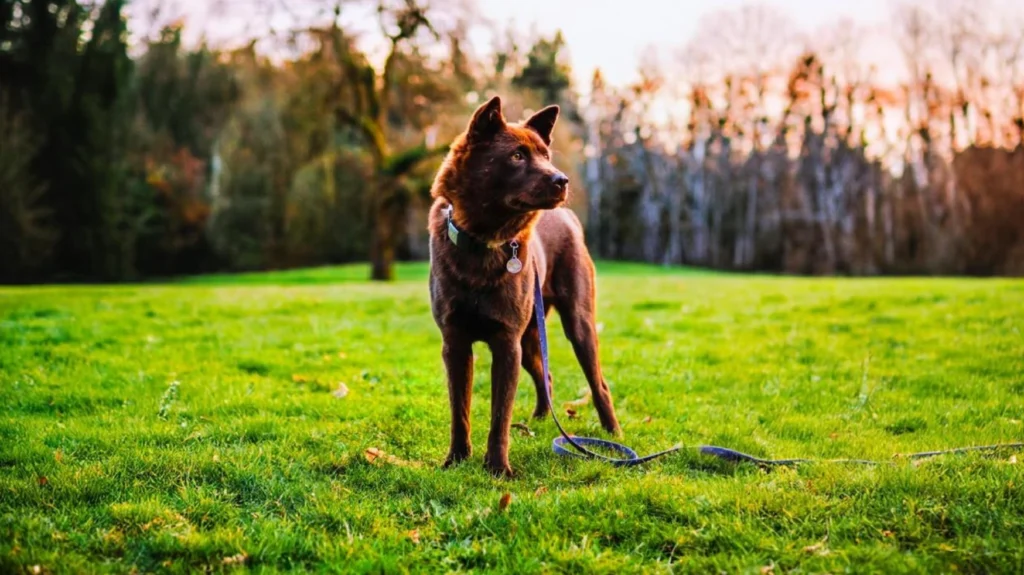
The Hmong dog breed hails from the mountainous regions of Vietnam, Laos, and Thailand, where it has been a valued companion to the Hmong people for centuries. These dogs were traditionally used for hunting, guarding livestock, and providing companionship to their owners. The Hmong Que’s history is deeply intertwined with the Hmong culture, which places a strong emphasis on loyalty, family, and community. These traits are reflected in the breed’s strong sense of loyalty and protective nature.
One interesting historical fact about the Hmong dog is its role in the traditional Hmong lifestyle. These dogs were often used in hunting expeditions, helping their owners track and capture game. Their keen sense of smell and agility made them excellent hunting companions. Additionally, they played a crucial role in protecting livestock from predators, ensuring the safety and security of the Hmong people’s livelihoods.
Physical Characteristics
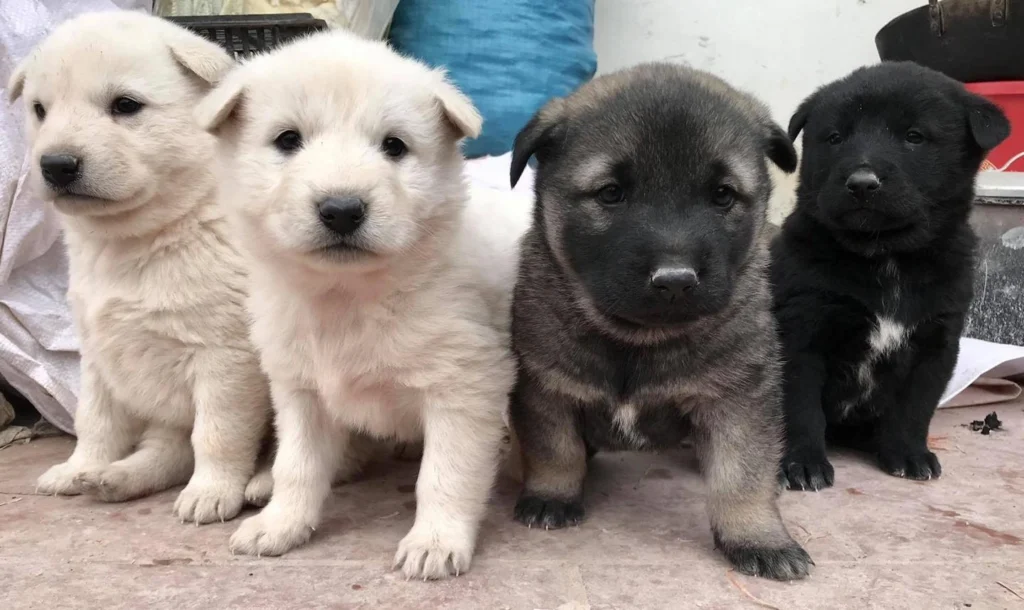
The Hmong dog is a medium-sized breed with a sturdy and muscular build. They typically weigh between 35 to 50 pounds and stand around 18 to 22 inches tall at the shoulder. Their coat is dense and weather-resistant, providing protection from the harsh climates of their mountainous homeland. The coat colors can vary, including shades of black, brown, gray, and a combination of these colors.
One of the most distinctive features of the Hmong dog is its expressive eyes, which often have an almond shape and convey a sense of intelligence and alertness. Their ears are erect and triangular, giving them a keen and attentive appearance. The tail is usually bushy and carried high, adding to their overall striking appearance.
Temperament and Personality
Hmong dogs are known for their loyal and protective nature. They form strong bonds with their owners and are highly devoted to their families. This breed is intelligent and quick to learn, making them easy to train for various tasks. However, they can also be independent and may require consistent training and socialization from an early age.
When it comes to interacting with people, Hmong dogs are generally friendly and affectionate with their families. They are good with children and can be gentle and patient, making them suitable for households with kids. However, due to their protective instincts, they can be wary of strangers and may need proper socialization to ensure they are well-behaved around new people and other animals.
Health and Lifespan
The Hmong dog breed is generally healthy, with a lifespan of around 12 to 15 years. However, like all breeds, they can be prone to certain health issues. Some common health concerns for Hmong dogs include hip dysplasia, ear infections, and skin conditions. Regular veterinary check-ups and a balanced diet can help maintain their overall health and well-being.
To keep a Hmong dog healthy, it’s important to provide them with regular exercise, a nutritious diet, and routine grooming. Regular exercise helps prevent obesity and keeps their muscles strong, while a balanced diet ensures they receive the necessary nutrients. Grooming should include regular brushing to keep their coat clean and free of tangles, as well as checking their ears and teeth for any signs of infection or dental issues.
Care and Grooming
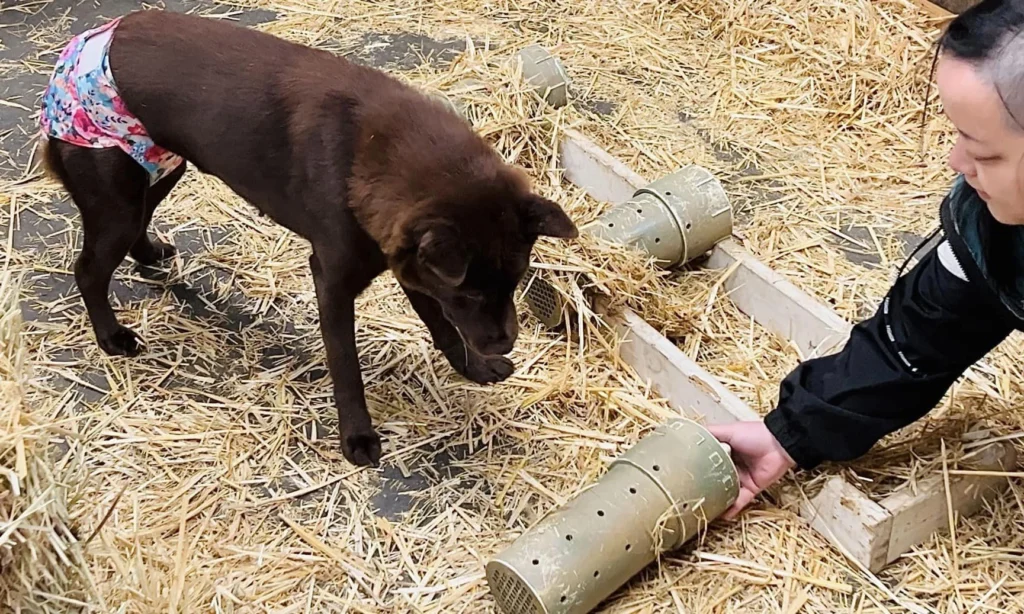
Caring for a Hmong dog involves regular grooming, exercise, and attention to their dietary needs. Their dense coat requires weekly brushing to remove loose hair and prevent matting. During shedding seasons, more frequent brushing may be necessary to keep their coat in good condition.
In terms of exercise, Hmong dogs are active and energetic, requiring daily physical activity to keep them mentally and physically stimulated. This can include walks, playtime in a secure yard, and engaging in activities like agility training or hiking. Their natural hunting instincts also make them enjoy games that involve tracking or retrieving.
Diet is another crucial aspect of their care. A balanced diet that includes high-quality dog food, appropriate for their age, weight, and activity level, is essential. Consulting with a veterinarian can help determine the best diet plan for your Hmong dog to ensure they receive the necessary nutrients for optimal health.
Training and Socialization
Training and socializing a Hmong dog requires patience and consistency. These dogs are intelligent and eager to please, making them responsive to positive reinforcement techniques such as treats, praise, and play. Early socialization is key to ensuring they develop into well-rounded adults. Exposing them to different people, environments, and other animals from a young age can help prevent behavioral issues and ensure they are comfortable in various situations.
It’s important to establish clear boundaries and consistent training routines to manage their independent streak. Enrolling in obedience classes can provide structure and support for both the dog and the owner, helping to reinforce good behavior and strengthen the bond between them.
Suitability as a Family Pet

The Hmong dog breed can make an excellent family pet for the right household. Their loyalty, intelligence, and protective nature make them well-suited for families who can provide the time, training, and exercise they need. They thrive in environments where they can be active and engaged, making them a good fit for families with a yard or those who enjoy outdoor activities.
However, potential owners should be aware of the breed’s need for early socialization and consistent training. Their protective instincts can sometimes lead to territorial behavior, so it’s important to ensure they are well-socialized and trained to interact appropriately with strangers and other animals.
Fun Facts and Trivia
- The Hmong dog is also known as the “Hmong Que” in its native regions.
- These dogs have been used by the Hmong people for hunting and guarding livestock for centuries.
- Hmong dogs are known for their keen sense of smell and agility, making them excellent hunters.
- They are highly adaptable and can thrive in various environments, from mountainous regions to urban settings.
- The Hmong dog has a unique vocalization that is often described as a “yodel,” which they use to communicate with their owners and other dogs.
Dog Breeds Similar to Hmong Dog
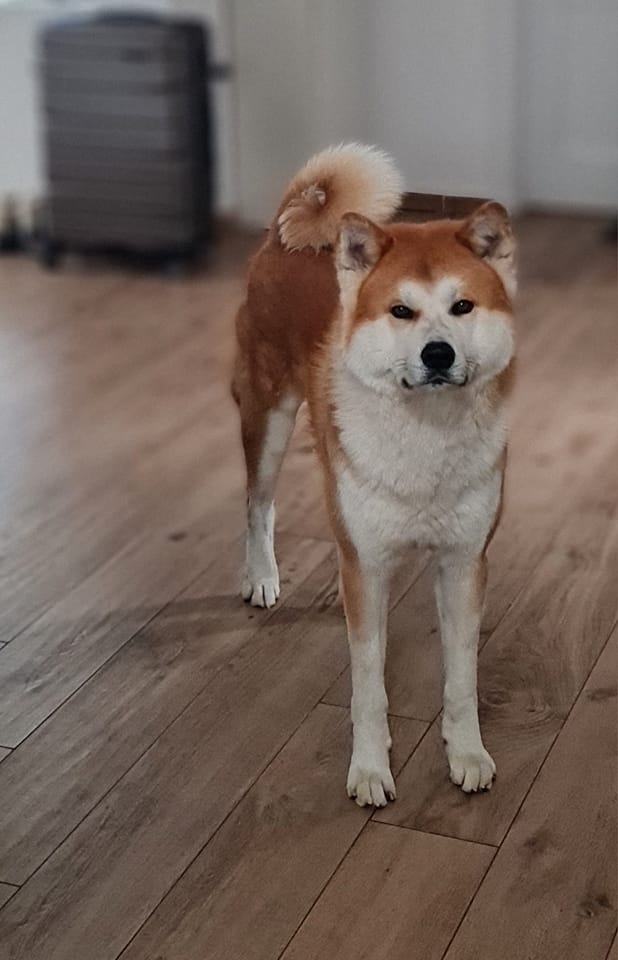
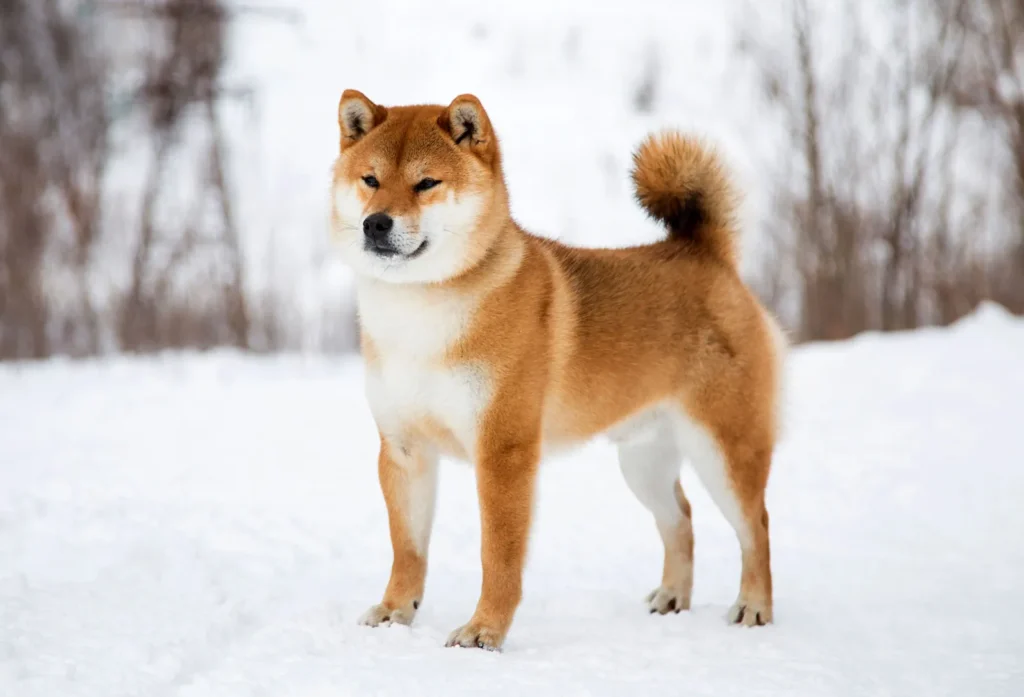
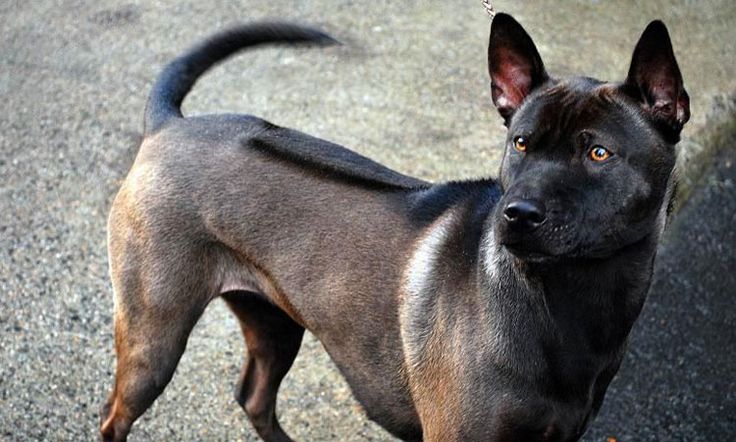
- Akita Inu
- The Akita Inu is a large, powerful breed known for its loyalty and protective nature. Originating from Japan, they have a thick double coat and are often used as guard dogs. Like the Hmong dog, Akitas require early socialization and consistent training.
- Shiba Inu
- The Shiba Inu is a smaller breed from Japan, known for its spirited personality and fox-like appearance. They are intelligent, independent, and require regular exercise and mental stimulation. Shiba Inus share the Hmong dog’s need for early socialization and proper training.
- Thai Ridgeback
- The Thai Ridgeback is a rare breed from Thailand, known for its distinctive ridge of hair running along its back. They are loyal, intelligent, and protective, similar to the Hmong dog. Thai Ridgebacks require regular exercise and consistent training to ensure they are well-behaved family pets.
Conclusion
The Hmong dog breed is a loyal, intelligent, and protective companion that can make an excellent family pet for the right household. Their rich cultural heritage and unique characteristics make them a fascinating breed to learn about and cherish. If you’re considering adding a Hmong dog to your family, be prepared to invest time in training, socialization, and care to ensure they thrive in their new home.
FAQ
Is the Hmong dog a dangerous breed?
No, the Hmong dog is not inherently dangerous. Like any breed, their behavior depends on training, socialization, and the care they receive. With proper training and early socialization, Hmong dogs can be friendly, loyal, and well-behaved companions.
Is the Hmong dog a good guard dog?
Yes, the Hmong dog can be an excellent guard dog due to its protective nature and loyalty to its family. They are naturally alert and vigilant, making them good at deterring intruders and protecting their home. However, their protective instincts should be managed with proper training to ensure they do not become overly aggressive.